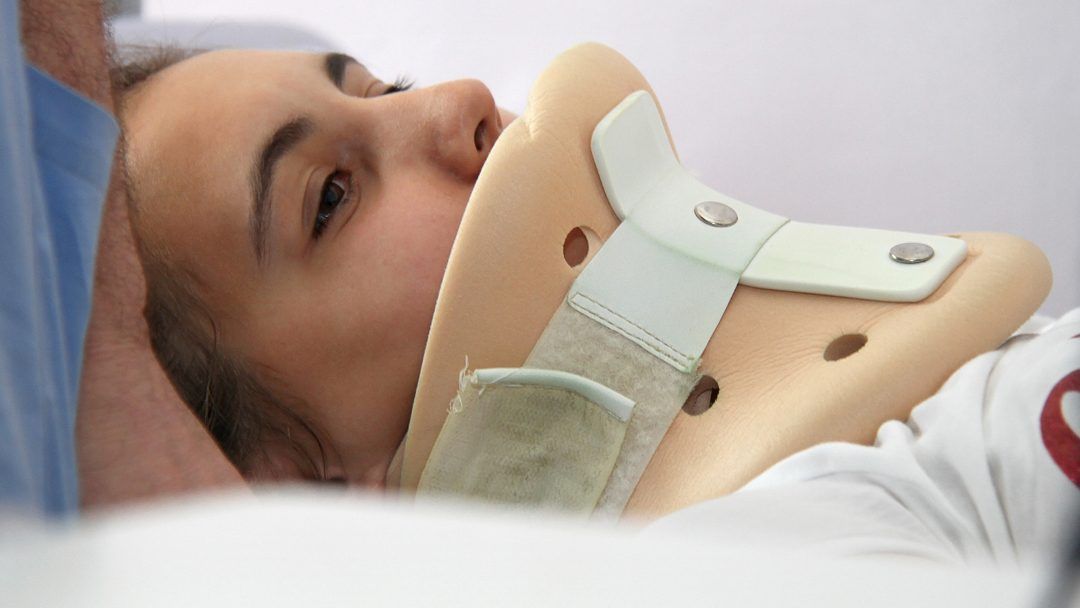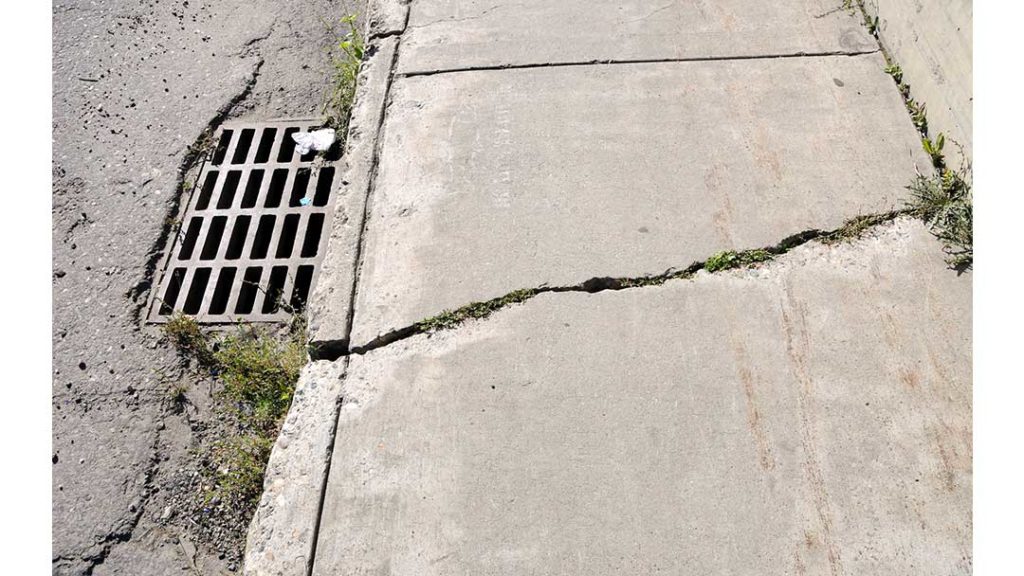
Help Me I Slipped & Fell: Pain/Suffering Explained
What Does Pain And Suffering Damages Mean
You’ve recently experienced a personal injury that has left you grappling with pain and suffering. It’s a tough situation, made even more challenging by the fact that you’re not sure which legal path to follow to address the pain and suffering you’ve endured. As a result, you may find yourself feeling lost and confused, unsure about your next steps.
The good news is that there is a solution to help you navigate this complex situation. By understanding the correct legal steps to take in response to your personal injury, you can find a way to address your pain and suffering effectively. In the following discussion, we’ll help you to know what is pain and suffering and bring guidance as to how to get the appropriate legal actions and obtain the rightful compensation you deserve for the hardships you’ve endured.
What Does Pain And Suffering Damages Mean
Pain and suffering damages refer to compensation awarded in legal cases to address the physical and emotional distress experienced due to an injury or wrongdoing. They are intended to provide financial relief to the injured party, acknowledging the intangible suffering they’ve endured.
What Is Pain And Suffering
The legal definition of “pain and suffering” refers to the physical and emotional distress an individual experiences due to an injury or wrongdoing. It plays a crucial role in personal injury cases, where compensation is determined based on the severity and impact of these hardships. This legal concept recognizes that injuries can not only result in physical pain but also lead to emotional trauma and a diminished quality of life.
Examples Of Pain And Suffering
Pain and suffering can come in different forms, but here are the major grounds:
Physical Pain: Physical pain resulting from a personal injury can be a significant ground for pain and suffering. It encompasses the actual discomfort and agony experienced due to injuries like broken bones, burns, or severe wounds. This pain is not only distressing but can also lead to prolonged recovery, medical treatments, and physical limitations. The severity and duration of physical pain are key factors considered in assessing the extent of suffering and determining compensation.
Emotional Pain: Emotional pain is another critical aspect of pain and suffering. It involves the psychological distress individuals endure following personal injuries. This can include anxiety, depression, grief, or even post-traumatic stress disorder (PTSD) after traumatic events. Emotional pain can be just as debilitating as physical pain, impacting a person’s mental well-being, relationships, and daily life.
Loss of Enjoyment of Life: When an injury limits one’s ability to participate in activities they used to enjoy, it becomes a ground for pain and suffering. This loss of enjoyment of life can lead to frustration, sadness, and a sense of isolation. Whether it’s the inability to pursue hobbies, engage in sports, or spend quality time with loved ones, this loss profoundly affects a person’s overall happiness and well-being.
Decreased Quality of Life: A decreased quality of life is closely tied to pain and suffering following a personal injury. It encompasses a broader range of physical, emotional, and social limitations that result from the injury. This can include reduced mobility, chronic pain, mental health struggles, and disruptions to daily routines. Courts consider how these factors collectively diminish a person’s overall quality of life when determining compensation.
In legal cases, recognizing these examples as grounds for pain and suffering is crucial. They help assess the full impact of injuries on an individual’s life and play a vital role in determining fair and just pain and suffering damages compensation for the hardships endured.
When are Pain and Suffering Damages Awarded?
Pain and suffering damages are monetary compensation that can be awarded to victims in personal injury lawsuits. For these damages to be awarded, certain criteria must be met.
First, there must be a finding of liability against the defendant. Typically, this means the defendant was negligent or somehow at fault for causing the injury to the plaintiff (the victim). If the defendant is not found liable, then damages cannot be awarded.
Second, the lawsuit must involve a personal injury. Pain and suffering damages are not awarded for property damage or financial losses alone. There must be some physical injury or emotional distress. Physical injuries could include anything from broken bones to damaged organs. Emotional distress covers trauma, depression, anxiety and more resulting from the incident.
Third, there must be evidence that the victim endured physical pain and emotional suffering as a result of the injury. Plaintiffs typically provide this evidence through their own testimony, medical records and bills, documentation of lost wages or disability, and witness statements. Expert testimony may also be used to validate claims of pain and suffering. The evidence should demonstrate not just that the victim was injured, but that they consciously experienced pain and suffering as a result.
If the plaintiff can prove the defendant’s liability, provide evidence of a personal injury, and validate their pain and suffering, the judge or jury can then award reasonable monetary damages. These damages are intended to provide some level of compensation for the victim’s physical pain, mental anguish, loss of enjoyment of life, discomfort, and other losses that resulted from the injury and associated suffering. The amount aims to make the plaintiff “whole again” in the eyes of the law.


